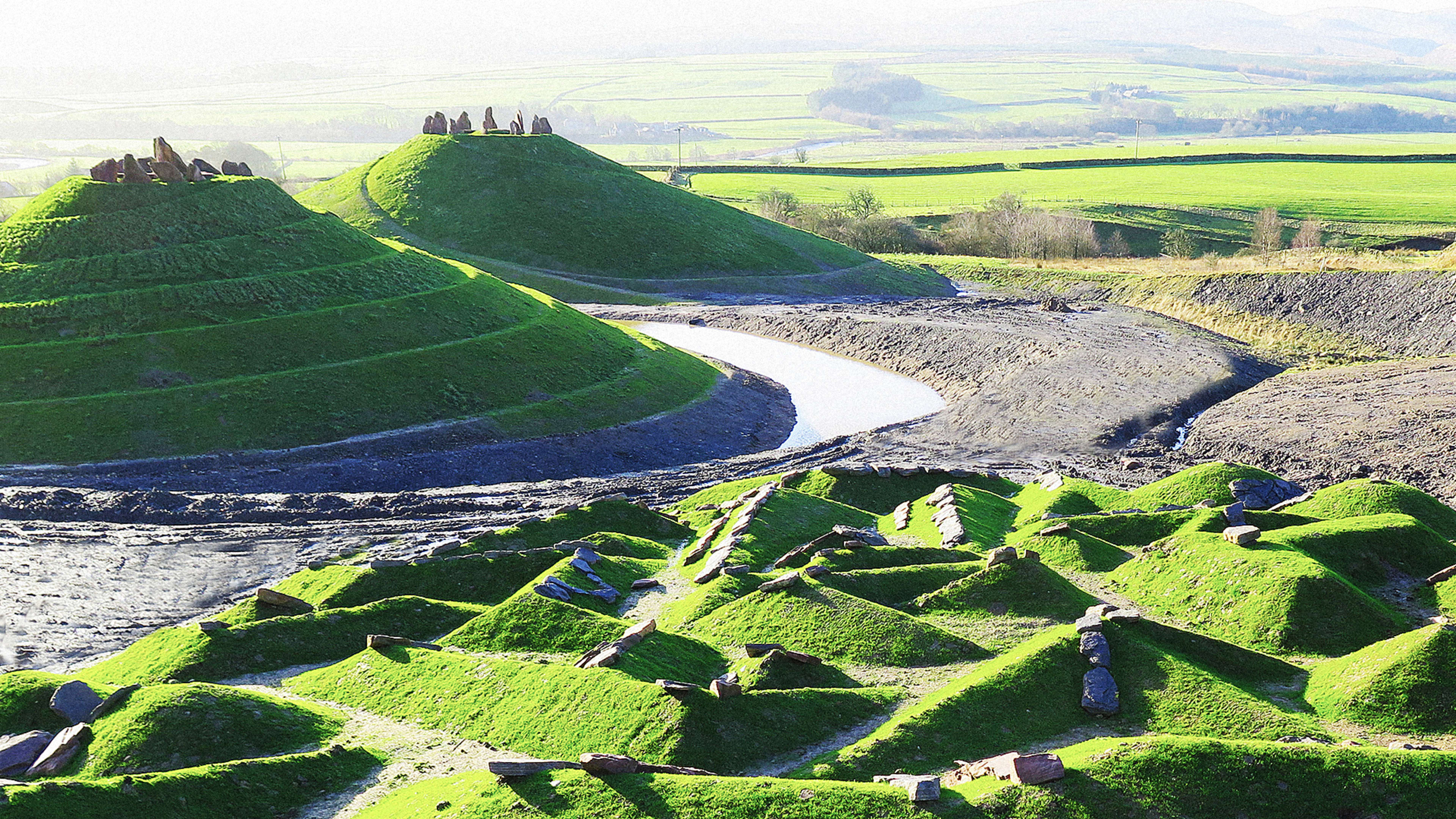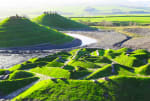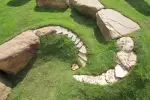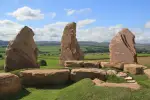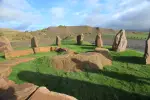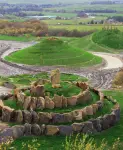In five years, Scotland plans to run on nothing but renewable energy. The country’s few remaining coal mines are shutting down, leaving a question: How should towns deal with the ugly scars left behind by abandoned mines?
Near the village of Sanquhar, the answer is a massive, 55-acre work of land art. Looking like a modern Stonehenge, it builds a miniature multiverse from 2,000 boulders found on the site.
Locals, sick of looking at the former mine, lobbied the landowner–Richard Scott, the Duke of Buccleuch–to do something. But they wanted to go beyond just adding a little grass to cover the scarred earth, and build a replacement that might draw visitors to boost a struggling economy. The duke turned to architect Charles Jencks to turn the mine into art.
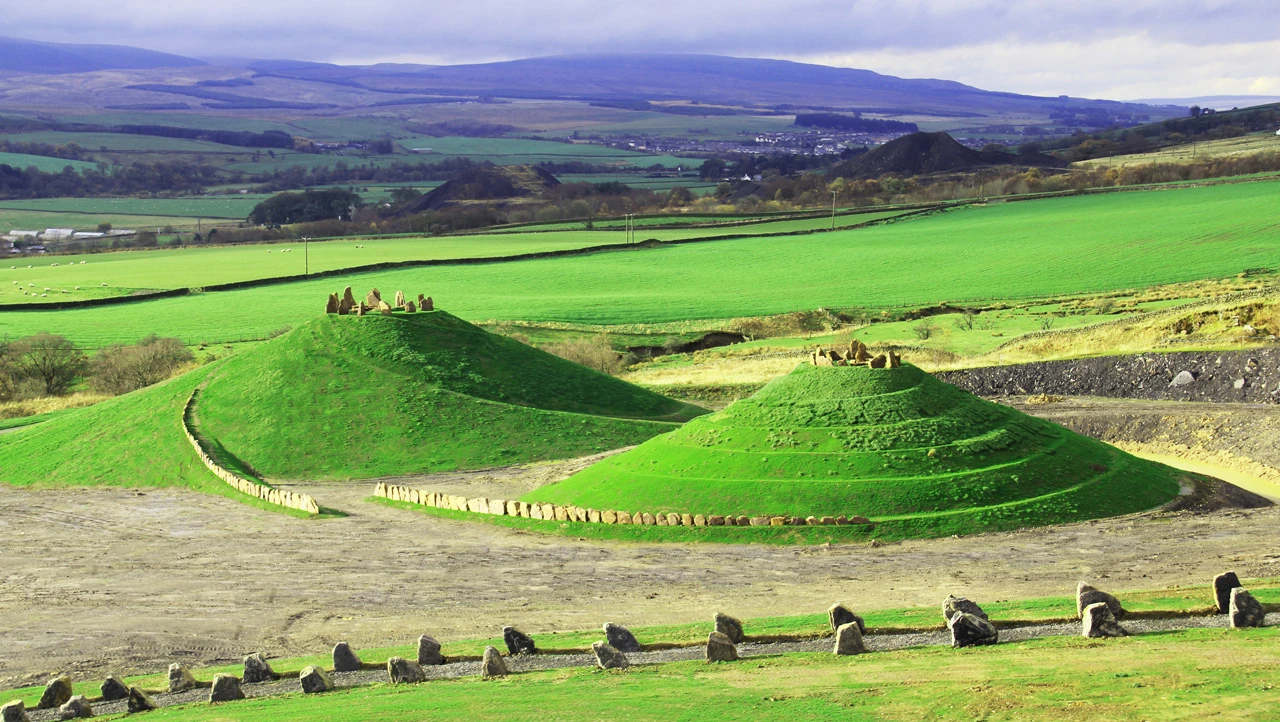
“Around the world, mines produce an environment which is depressing, and derelict and desolate and deserted, full of junk,” says Jencks. “There have been laws put in place to restore these areas to their pristine original quality–that often means putting grass over the site, plowing it back, and returning it to the cows…we wanted to build something positive for the community instead.”
It turned out that making art, rather than a field, actually has some advantages. “Instead of flattening the site, which is very expensive, and returning it to the original, you can take advantage of the fact that the site has been sort of damaged and shaped, and save money,” he says.
Saving money is a big deal, in part because the coal companies that are theoretically responsible for cleaning up abandoned mines keep going broke. For this project, the Duke of Buccleuch had to foot the bill.
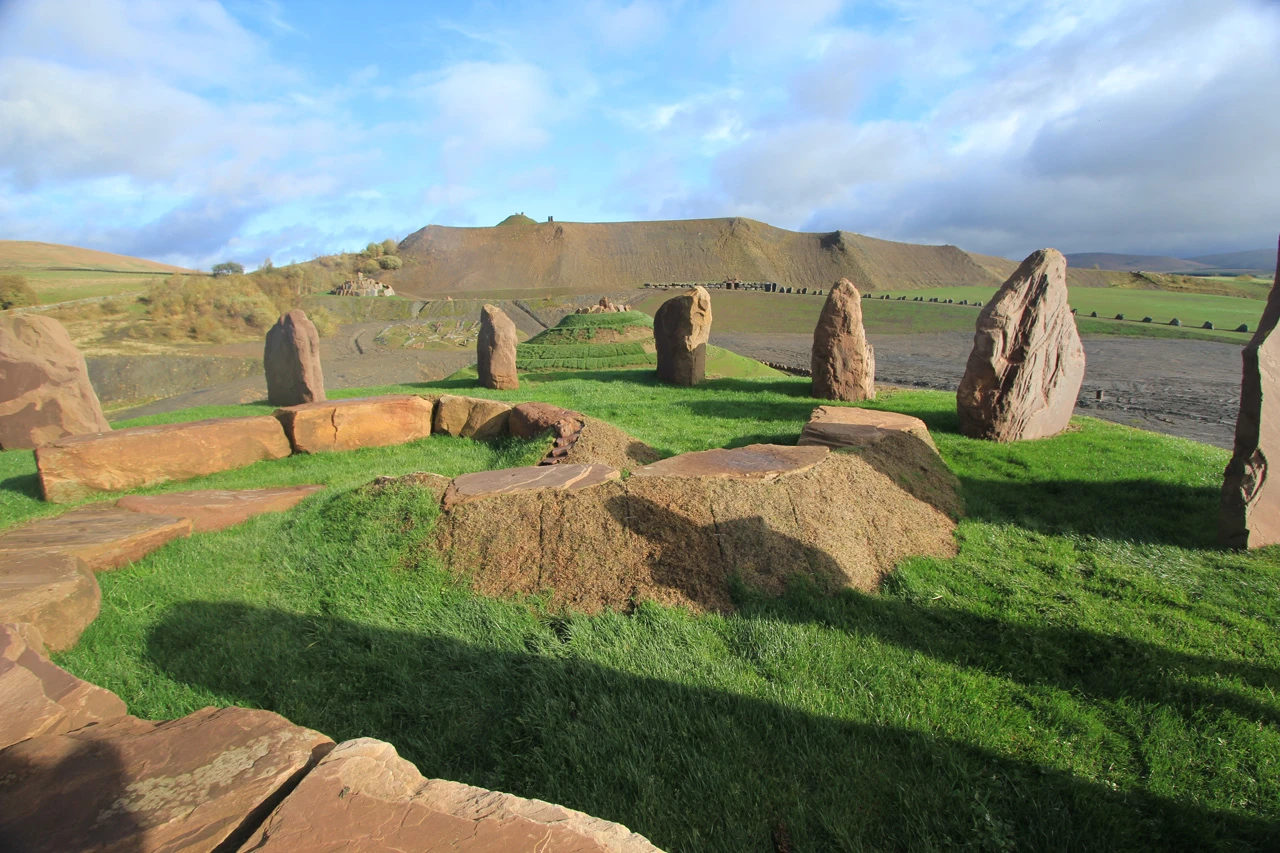
“It’s not entirely savory what happens–these cowboy coal companies were designed to go broke,” says Jencks. “When they go broke, the landowner or the community or both have to pick up the pieces. … Richard paid for it all out of pocket.”
The design of the site, called the Crawick Multiverse, represents the cosmos, from the Milky Way and Andromeda galaxies to a spiral of rocks that make up the multiverse–the infinite realm of potential universes postulated by some physics theorists. Megaliths point to the North Star. Though Jencks has been taking inspiration from astronomy and physics in his work for decades, he says that it was a natural fit for this particular site.
The nearby village of Sanquhar dates back 4,500 years, there is prehistoric stone art nearby, and Celtic gold necklaces designed to represent the moon were found on a farm near by.
“This has been a cosmic site,” says Jencks. “It’s incredibly beautiful without any intervention, from nature. Then by coal digging, it became another kind of beauty, a kind of primordial, brutal beauty. The two things–natural beauty and brutal beauty–were inspirations for what I did on the site.”
As people visit, they may be more likely to think about the nature of the universe, rather than the former mine. Jencks brought scientists to the duke’s castle to talk about ideas like the theory of inflation. Jencks sounds almost giddy as he talks about the beginning of the universe in superfast inflation–faster than the speed of light–and the expansion of space and time.
“What did it do? It balanced the forces so perfectly that after 13.82 billion years it’s perfectly balanced,” he says. “Still. That’s incredible. That means the kinetic force, the energy force and the gravity force are perfectly balanced. That’s what I’ve been building at the Crawick Multiverse today.”
Recognize your brand’s excellence by applying to this year’s Brands That Matter Awards before the early-rate deadline, May 3.
